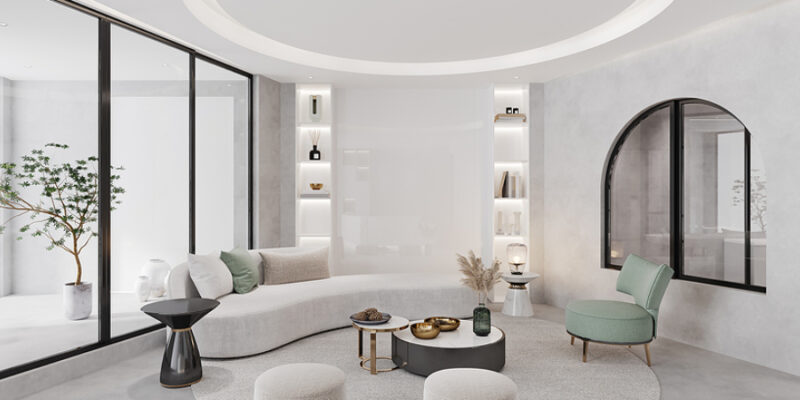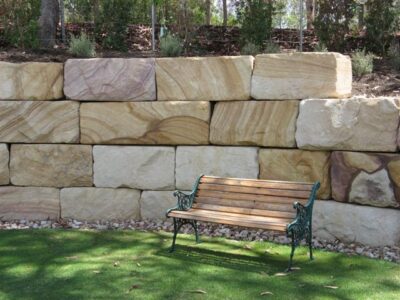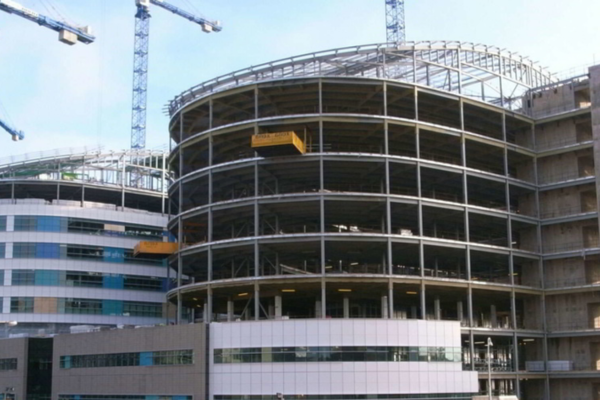
Microcement, a versatile and innovative material, has gained significant popularity in modern construction due to its unique properties and wide-ranging applications. This comprehensive article explores the composition, application techniques, advantages, and emerging trends of microcement in the construction industry. With a aims to provide a thorough understanding of microcement’s role in interior and exterior design, its sustainable features, and its potential impact on the construction landscape.
1.1 Definition of Microcement: Microcement, also known as microtopping or microconcrete, is a thin cementitious coating that can be applied to various surfaces, creating a seamless, durable, and aesthetically pleasing finish. Its versatility makes it suitable for both residential and commercial projects.
1.2 Composition and Characteristics: Microcement typically consists of a blend of cement, polymers, fine aggregates, and additives. This composition imparts unique characteristics to the material, including flexibility, adhesion, and the ability to create a smooth, continuous surface.Venetian Stucco
Applications of Microcement:
2.1 Interior Applications:
Flooring: Microcement is commonly used as a decorative flooring option, providing a sleek and contemporary finish.
Walls: Microcement can be applied to interior walls, offering a seamless and customizable alternative to traditional paints or wallpapers.
Countertops: The material’s durability and resistance to stains make it a popular choice for kitchen and bathroom countertops.
2.2 Exterior Applications:
Façades: Microcement is increasingly utilized for exterior façade applications, providing a modern and weather-resistant finish.
Outdoor Flooring: The material’s resilience to weather conditions makes it suitable for outdoor flooring, such as patios and balconies.
Advantages of Microcement:
3.1 Seamless Finish: Microcement allows for the creation of a seamless finish, eliminating grout lines or joints. This not only enhances the aesthetic appeal but also contributes to a sense of continuity in design.
3.2 Durability and Resistance: Microcement is known for its durability and resistance to abrasion, making it suitable for high-traffic areas. Its resistance to stains and water further adds to its longevity.
3.3 Customization Options: Microcement offers a wide range of colors, textures, and finishes, providing designers and architects with ample customization options to suit various aesthetic preferences and design themes.
3.4 Quick Installation: Compared to traditional flooring or wall finishes, microcement can be applied relatively quickly. This efficiency in installation is advantageous for time-sensitive projects.
Sustainable Features:
4.1 Reduced Material Consumption: The thin application layer of microcement contributes to reduced material consumption compared to traditional flooring or wall finishes, aligning with sustainable construction practices.
4.2 Energy Efficiency: Microcement’s reflective properties can contribute to better natural light distribution, potentially reducing the need for artificial lighting in interior spaces and enhancing energy efficiency.
4.3 Low Environmental Impact: Manufacturers are increasingly developing eco-friendly formulations of microcement, emphasizing reduced environmental impact through responsible sourcing of materials and manufacturing processes.
Emerging Trends in Microcement:
5.1 Geometric Patterns and Designs: Designers are exploring the use of microcement to create intricate geometric patterns and designs, adding a contemporary and artistic touch to interior and exterior spaces.
5.2 Integration with Smart Technologies: The integration of microcement with smart technologies, such as embedded sensors for temperature or moisture monitoring, is an emerging trend that enhances the functionality and sustainability of the material.
5.3 Multifunctional Surfaces: Microcement is being employed to create multifunctional surfaces, combining aesthetics with practical features like embedded heating elements for warmth in flooring applications.
Challenges and Considerations:
6.1 Professional Installation: Achieving the desired results with microcement requires skilled and experienced professionals. Improper installation may lead to issues such as delamination or cracking.
6.2 Surface Preparation: Proper surface preparation is crucial for the success of microcement applications. The substrate must be , stable, and free from contaminants to ensure optimal adhesion and performance.
Conclusion:
In conclusion, microcement has emerged as a versatile and sustainable material with widespread applications in modern construction. Its seamless finish, durability, and customizable features make it a preferred choice for architects, designers, and homeowners alike. As the industry continues to explore innovative applications and formulations, microcement is poised to play a significant role in shaping the aesthetic and functional aspects of interior and exterior spaces. While challenges exist, advancements in installation techniques and material formulations are addressing these concerns, reinforcing microcement’s position as a leading material in contemporary construction practices.
In conclusion, Venetian plaster stands as a testament to the enduring appeal of traditional craftsmanship in the realm of modern architecture and interior design. Its rich history, timeless aesthetic, and versatility make it a sought-after choice for those seeking to infuse spaces with sophistication and character.











